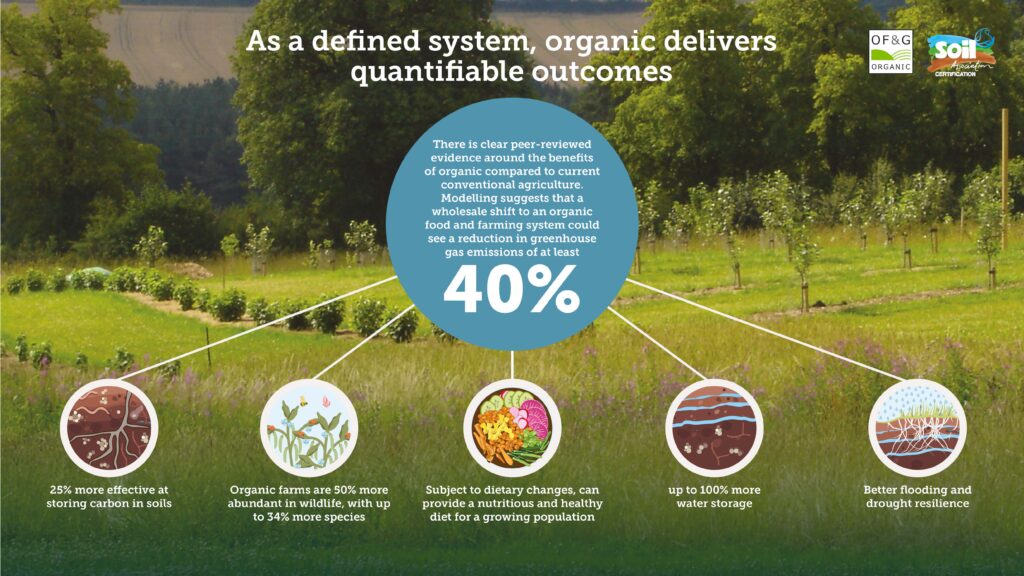If, like us, you have struggled to get your head around the claims, hype and facts made by some new flour producers regarding their regenerative credentials, you will be interested to read the evidence based information recently released by the Soil Association exploring the differences between organic and regenerative farming practices.

As traditional millers who are committed to the principles of organic production, a system that can confidently demonstrate (through evidence gathered through audits) it delivers what it claims to deliver, we have been increasingly concerned by the marketing-heavy claims made by some producers of flours made from grains grown under regenerative systems. The speed with which this segment of our industry has grown has been suprising, especially when compared to the pace at which organic systems develop – a pace which is primarily goverened by the time taken to move production from conventional farming techniques, through the “conversion” process (a number of years) to certifiable organic farming.
We have no concern with competition, but do have concerns that customers are not being misled. As you will see from the Soil Association information, organic and regenerative systems approach broadly similar aims, but in different ways and achieve subtly different outcomes due to the standards which each system works to achieve.

We are also pleased to work to deliver a system that can confidently demonstrate the following:

See below to download a pdf of the infographics shared above:

Leave a Reply